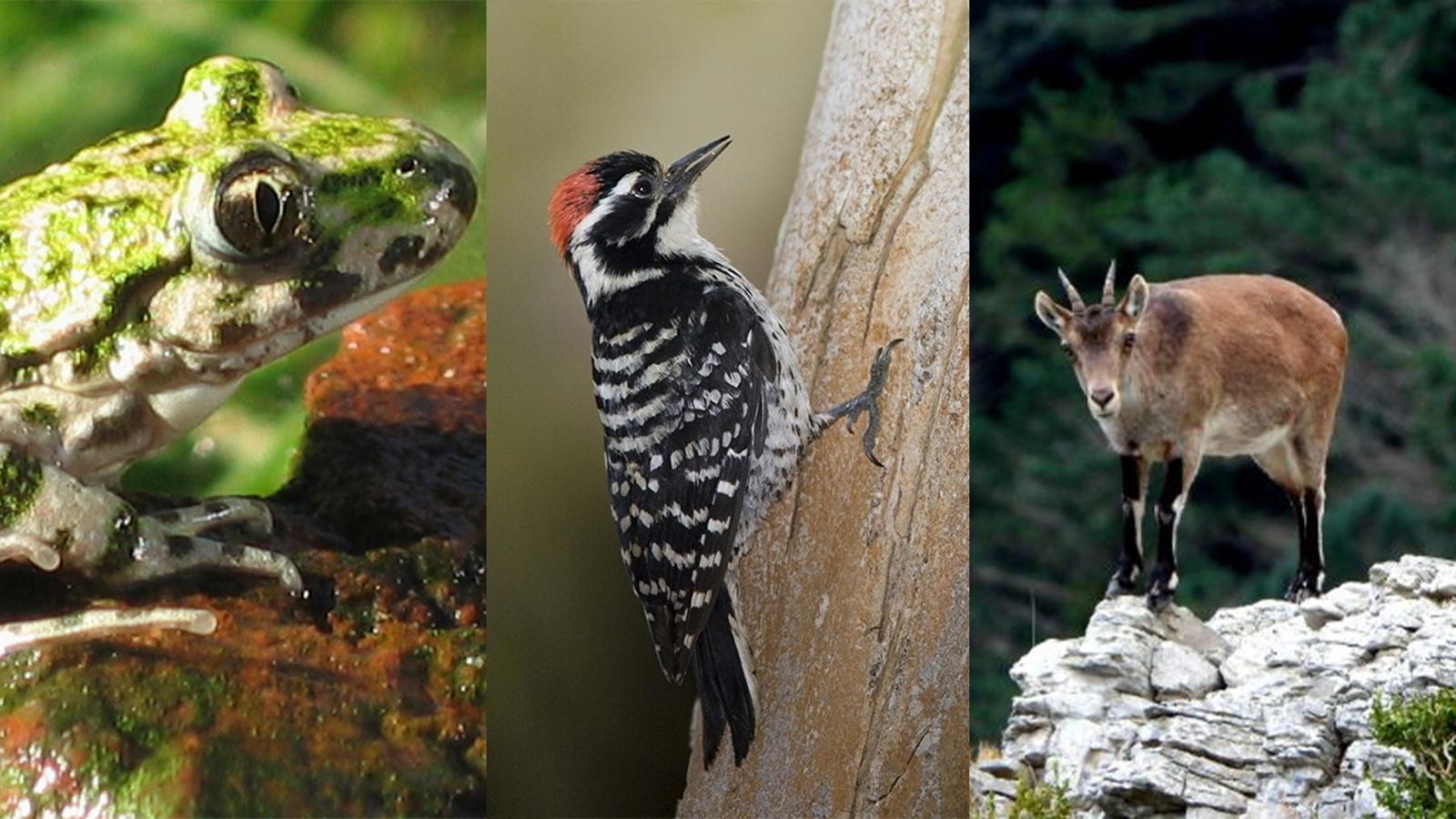The paradox of the great fires: what has become of the wildlife in Els Ports?
Endangered species, such as the Bonelli's eagle and the European cat, live in the Natural Park.


BarcelonaThe hours before a fire is declared under control are long and agonizing, but it is when the flames are extinguished that a long-distance race begins to revive life from the ashes. In the case of the Paüls forest fire (Baix Ebre)A third of the burned land is part of the Els Ports Natural Park, an area of high ecological value. The flames scorched more than 2,360 hectares of forest, of which more than a thousand are part of this protected area; a system with great biodiversity, home to hundreds of animal and plant species. What has been done in the wake of this fire?
Despite the images of desolation left by the burned landscapes, natural environment specialists strive to claim that the future of these areas is not so bleak. This is the case of Lluís Brotons, a researcher at the Spanish National Research Council (CSIC) at the Center for Ecological Research and Forestry Applications (CREAF), who states that "even large fires have positive effects on forest management and even biodiversity." However, he clarifies, this is only as long as the severity of the fire does not raise "the level of emergency" and there are no human or material losses.
Brotons explains that many of the species that live in forested areas benefit from the fires, because "the first vegetation to emerge after the fire is small herbaceous vegetation, especially when there are ideal humidity conditions like those this year." Precisely, what many species are looking for is a type of low vegetation that is not abundant in the Catalan landscape, because the lack of forest management means that rural areas end up becoming large, closed, dark forest areas, without mosaics or landscape diversity.
The species with the best conditions
This innovative system, created shortly after the fire, is ideal for small herbivorous mammals and birds that require non-forested, i.e., more open areas to hunt. This is the case for most birds, such as the vulture, the buzzard, and even endangered species like the red-backed vulture and the Bonelli's eagle.
The animal that will surely benefit from the reduction in forest cover is snakes, because most species in this family require open, sunny areas to feed. Furthermore, it should be noted that reptiles play an important role in Els Ports: more than 50% of the species present in all of Catalonia are concentrated there.
According to Brotons, the amphibian class is the one that is most indifferent to the fire because "they are animals that are very accustomed to fluctuating water availability." However, he does point to a very clear threat to their subsistence: "The lack of farmers and pastures that take care of the existence of ponds in rural areas directly affects the decline in this population."
The most threatened
Now, there are obviously animals that are not only impacted by the burning of their habitat, but also find it difficult to survive the day after the fire is extinguished. The forest system's "can provide much more significant benefits, even reducing the possibility of another fire of equal or greater scope." Populations: Large birds that usually live in large trees may seek out other nearby areas, while those that require low vegetation will repopulate the burned area. They will travel much further to rebuild their habitats."
As for mammals, the species that could be "slightly disadvantaged by habitat issues" would be the cat: "Even so, it often prefers mosaic areas for hunting." This means that forest reduction could be a positive element. Another type of fauna that is also disadvantaged is that with reduced mobility, such as invertebrates with shells. For example, snails, terrestrial mollusks, and turtles. However, Brotons points out that these types of shelled animals can often hide underground and therefore survive the flames of a fire.
Reducing forest density
Brotons isn't the only one who supports the theory that large fires can be beneficial for biodiversity. There are also organizations, such as the Pau Costa Foundation, created by a team of fire analysts from the Fire Brigade's Forestry Action Group (GRAF), that advocate so-called prescribed fires: that is, setting small, controlled fires as a forest management tool.
The objective of these orchestrated fires is to reduce younger vegetation to reduce forest density, gain light gaps, and protect mature vegetation that competes with other, younger specimens. "The problem with Catalan forests is that, due to the abandonment of fields, too much forest accumulates without vegetation regeneration," he points out.
Brotons also argues that it is another tool to reduce the risk of fires, along with sustainable rural activity and grazing land for domestic or wild animals, such as woodpeckers and capercaillie. The expert also mentions the paradox of extinction: "The more fires you put out, the greater the risk of a very large one."
